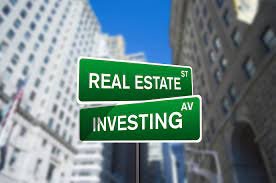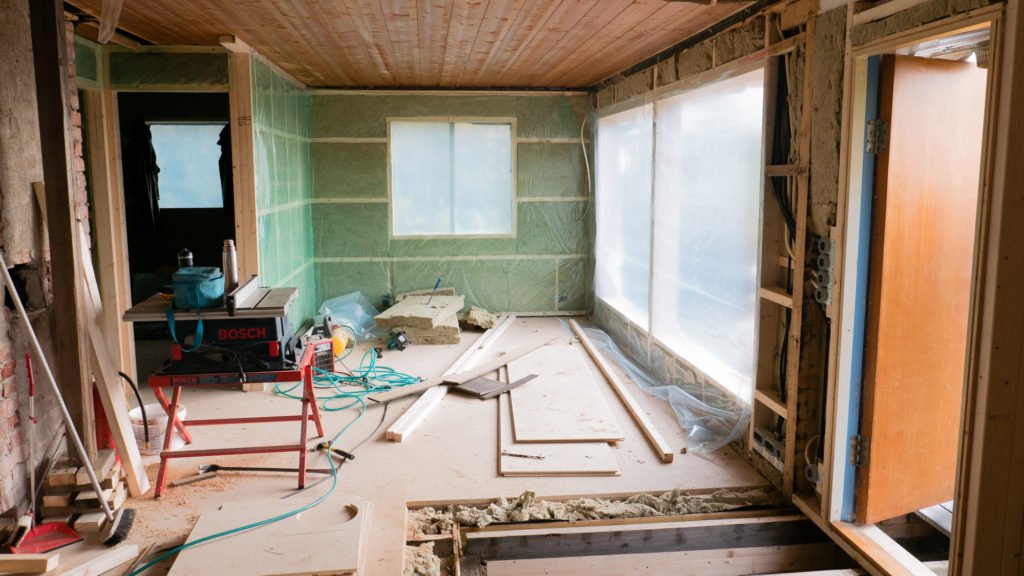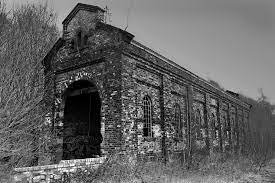
- calendar_month April 15, 2024
- folder Commercial Real Estate
Sharing Tags
Commercial, Current Real Estate, Industrial, multi-family, Office Buildings, real estate, Real Estate Investment, resources, Retail
In the realm of commercial real estate, the concept of value addition (Value Add or Value Added) stands as a cornerstone for investors, developers, and stakeholders alike. It encapsulates a strategic approach that goes beyond mere property ownership or development. Instead, it focuses on actively enhancing the value of a property through various means. Whether it's optimizing space utilization, upgrading facilities, or enhancing tenant experience, value add holds the key to maximizing returns and fostering long-term success in the commercial real estate landscape.
Understanding Value Add
Value add in commercial real estate encompasses a broad spectrum of initiatives aimed at improving the desirability, functionality, and profitability of a property. Unlike residential real estate, where emotional appeal often drives value, commercial properties are evaluated based on their income-generating potential and ability to meet the evolving needs of businesses and tenants.
Key Strategies for Value Add
1. Renovations and Upgrades:
One of the primary strategies for adding value to commercial properties is through renovations and upgrades. This could involve modernizing building infrastructure, enhancing energy efficiency, upgrading amenities, or reconfiguring interior spaces to better align with the demands of tenants or market trends.

2. Repositioning:
Repositioning a commercial property involves strategically re-branding or repositioning it within the market to attract a different tenant demographic or command higher rents. This may entail changing the property's use, targeting a niche market, or leveraging unique features to differentiate it from competitors.
3. Tenant Experience Enhancement:
Creating an exceptional tenant experience is paramount for maximizing occupancy rates and tenant retention. This could involve offering additional services such as concierge facilities, fitness centers, or co-working spaces, as well as fostering a vibrant community through networking events and collaborative spaces.
 4. Adaptive Reuse:
4. Adaptive Reuse:
Adaptive reuse involves re-purposing existing structures for new uses, thereby breathing new life into underutilized or obsolete properties. This sustainable approach not only preserves historic and architectural significance but also presents opportunities for innovative developments that cater to evolving market demands.

5. Strategic Asset Management:
Effective asset management plays a crucial role in value addition by optimizing operational efficiency, minimizing vacancies, and maximizing rental income. This may include proactive lease negotiations, implementing cost-saving measures, or deploying technology solutions for streamlined property management.
 The Impact of Value Add
The Impact of Value Add
Embracing value add initiatives can yield significant benefits for investors, developers, and the surrounding community:
- Increased Property Value: By enhancing the appeal and functionality of a property, value add can lead to higher appraisals and increased market value, translating into higher returns on investment.

- Enhanced Market Competitiveness: Value-added properties are better positioned to attract and retain tenants in a competitive market landscape, thereby reducing vacancy rates and stabilizing cash flow.

- Community Revitalization: Through adaptive reuse and strategic redevelopment, value add projects can contribute to the revitalization of urban areas, fostering economic growth and community development.
 While value add strategies can offer numerous benefits, they are not without potential downsides or challenges. Here are some of the key drawbacks associated with value add in real estate:
While value add strategies can offer numerous benefits, they are not without potential downsides or challenges. Here are some of the key drawbacks associated with value add in real estate:
- Higher Initial Investment: Implementing value add initiatives often requires a significant upfront investment. Renovations, upgrades, and repositioning efforts can incur substantial costs, which may strain the financial resources of investors or developers, especially if the anticipated returns do not materialize as expected.
- Time and Complexity: Value add projects typically involve a complex series of tasks, including planning, design, permitting, construction, and leasing, which can extend over a prolonged period. Delays in project execution or unexpected challenges can further prolong the timeline, leading to increased holding costs and potential revenue loss.
- Market Risk: Value add strategies rely heavily on market conditions and tenant demand. Economic downturns, shifts in consumer preferences, or changes in regulatory environments can adversely impact the success of value add initiatives, leading to lower occupancy rates, decreased rental income, or reduced property values.
- Over improvement Risk: There's a risk of over improving a property, where the cost of renovations or upgrades exceeds the potential increase in property value or rental income. Over improvement can result in diminishing returns on investment and a longer payback period, ultimately undermining the profitability of the project.
- Tenant Disruption: Renovations or repositioning efforts may disrupt existing tenants, leading to temporary vacancies, lease terminations, or tenant dissatisfaction. Managing tenant expectations and minimizing disruptions while implementing value add initiatives requires careful planning and communication to maintain positive landlord-tenant relationships.
- Execution Risk: Value add projects require effective project management and execution to ensure successful outcomes. Poor planning, inadequate due diligence, or unexpected construction issues can lead to cost overruns, delays, or quality deficiencies, eroding the anticipated benefits of the value add strategy.
- Capitalization Rate Compression: As property values increase due to value add efforts, the capitalization (cap) rate, which is used to determine property value based on its income potential, may decrease. A lower cap rate means that investors are willing to accept lower returns relative to the property's value, potentially limiting future appreciation and yield.
- Exit Strategy Challenges: Successfully executing value add strategies may require a longer-term investment horizon to realize the full benefits. Exiting the investment prematurely, especially during the implementation phase, can result in suboptimal returns or the inability to recoup the initial investment.
Conclusion
In the dynamic realm of commercial real estate, value add serves as a guiding principle for unlocking the full potential of properties and driving sustainable growth. Embracing innovative strategies, fostering tenant-centric environments, and adapting to changing market dynamics enable stakeholders to harness the power of value add, achieving enduring success in the ever-evolving commercial real estate landscape. However, it's crucial to acknowledge that value add comes with inherent risks and challenges. Investors and developers must meticulously assess market dynamics, financial feasibility, and execution capabilities to effectively navigate the complexities associated with value add initiatives and maximize the potential for success.
